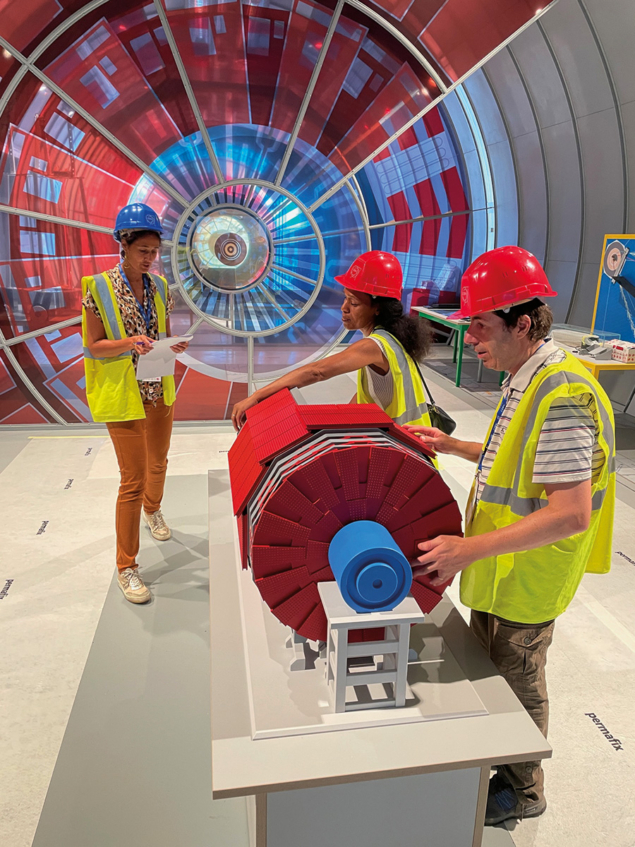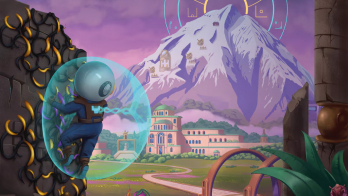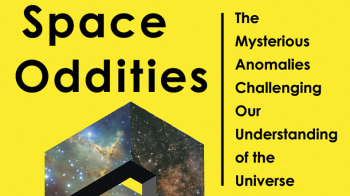Science communication often relies on visualisations of complex phenomena, yet not all target groups – especially visually impaired people – profit from it. Sezen Sekmen makes the case for festivals of 3D learning to unlock accessibility.

Whether it is grasping the intricate workings of the Higgs mechanism, catching a glimpse of how gravitational waves propagate or contemplating the profound interconnectedness of these phenomena, fundamental physics awakes excitement in scientists and non-scientists alike. Curiosity and the endeavour to fulfil it transcends the constraints of physical, neurological and cultural boundaries, uniting us all in the pursuit of knowledge.
Yet, physics is inherently abstract, and the complex series of interconnected cause-and-effect reasoning is often not straightforward to grasp. The challenge becomes even more daunting when the audience does not share the visual or neurological setup typical to the majority. The main bottleneck is the traditional mode of visual physics communication, which relies mostly on 2D descriptions. We are all familiar with such examples: screens or slides full of overwhelming text with occasional images and graphs. Clearly, such descriptions are not accessible to the visually impaired. Moreover, they usually fall short of creating intuitive understanding, even in people with regular visual perception.
Tangible representations
The key to unlock accessibility is to broaden the number of dimensions and directions through which physics is communicated. Tactile models are the foremost example. They transform abstract concepts into tangible representations, offering a hands-on, immersive and engaging learning experience. The structures of complex entities such as an atom, a gravitational wave, an LHC detector and how particles interact with it are best “visualised” by “feeling” their 3D models. Yet, these are relatively concrete concepts that are straightforward to model. Much more fascinating is to extend this idea and build models to represent the workings of more abstract phenomena. For example: how are the LHC magnets cooled? How does wakefield acceleration work? How are particles reconstructed in a detector? And how does a data analysis searching for new particles progress?
Designing models for these concepts requires more than simply adding an extra dimension to a visual representation. It involves discerning the core aspects of the physical concept that hold the most significance, simplifying them without diluting their essence, and weaving them into a tangible story – a story that takes into account the perception spectrum of the intended audience and aligns with their lived experiences. We can all share a part in this process: physicists, educators, accessibility experts and the target audience itself. Thanks to amazing improvements in 3D printing, realising the models is now much easier, which gives us the freedom to imagine and build with boundless creativity.
Fresh perspectives
It is highly worthwhile for all of us to attempt this expansion of expression in what we are experts at. In the realm of accessibility initiatives, what proves beneficial for one audience usually translates into advantages for all. For instance, tactile content originally tailored for the visually impaired resonates with children who possess an innate curiosity for tactile experiences. Enhancing access to captivating physics, as is done by the informal science-learning encounters at CERN Science Gateway, can make a great impact. Another pioneering example, specifically designed for the visually impaired, is Tactile Collider, an immersive workshop developed by particle physicists in the UK that allows participants to explore the science of particle accelerators and the Higgs boson through touch, sound and embodied learning techniques (CERN Courier January/February 2020 p33).
The thorough internalisation and fresh perspectives brought whilst sculpting a tangible 3D story out of a physics theme and seeking connections to familiar daily concepts can also amplify our own intuition. Most rewarding would be to share our models in festivals of 3D learning wherever curiosity dwells, from classrooms to exhibitions and public scientific discussions, to inspire and encourage brilliant ideas born through “feeling physics”.








